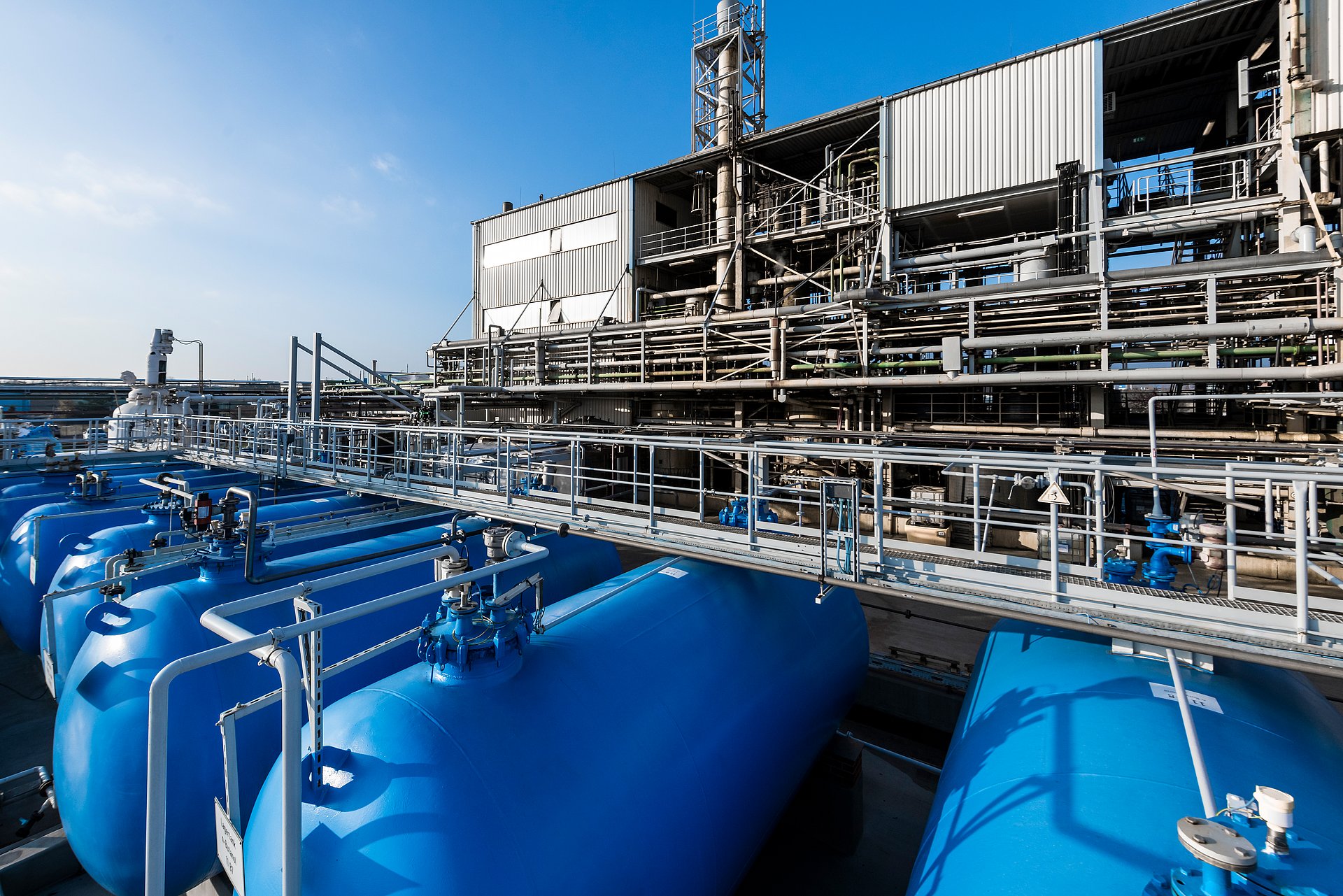Various Functions of Purification and Separation Processes
Purification can have different functions:
• Separation of products and by-products
• Recycling of solvents or unreacted reactants
• Purification of raw materials and products
BNT can supply high-purity substances and our extensively equipped laboratory continuously checks the quality of production. Mastery of the necessary separation processes is crucial for consistently good results. BNT has the equipment and experience with various thermal, mechanical, and chemical separation processes.
In addition, with IBU-tec, the Group offers even more diverse capacities and know-how for thermal processes. In rotary kilns and pulsation reactors, further separation and drying processes can be carried out as well as treatments to improve material properties.
Thermal Separation Processes
Thermal separation processes use the different thermodynamic properties or the adjustment of a thermodynamic phase equilibrium to separate mixtures of substances from each other. Purification based on different boiling points or freezing points are obvious examples that can be used most efficiently when individual components have very different phase transition points.
- Distillation
- Drying
- Fluidized Bed
- Freezing
- Treatment in a roller dryer
- Treatment in spray dryer
- Stripping
Read more about the use of drying processes at BNT.
Mechanical & Physical Separation Processes
In the mechanical separation process, the different physical properties of the components are used to separate them out of a mixture, such as density, particle size or surface wettability. Mixtures of substances in different phases can often be easily separated from one another using mechanical purification processes.
- Liquid-liquid extraction
- Filtration
- Extraction
- Filter presses
- Belt filter
- Conical dryer
- Centrifuge
- Sedimentation
- Decantation
- Slurry
- Sifting
- Membrane separation process
Chemical Separation Processes
Separation processes that make use of chemical reactions change the physical properties of the components of a mixture of substances that are to be separated – but without influencing the other components in the same way. The resulting new characteristic are then used for the separation.
- Washing
- Dissolution
- Agglomeration
- Precipitation
- Crystallization
- Extraction
- Ion exchange

